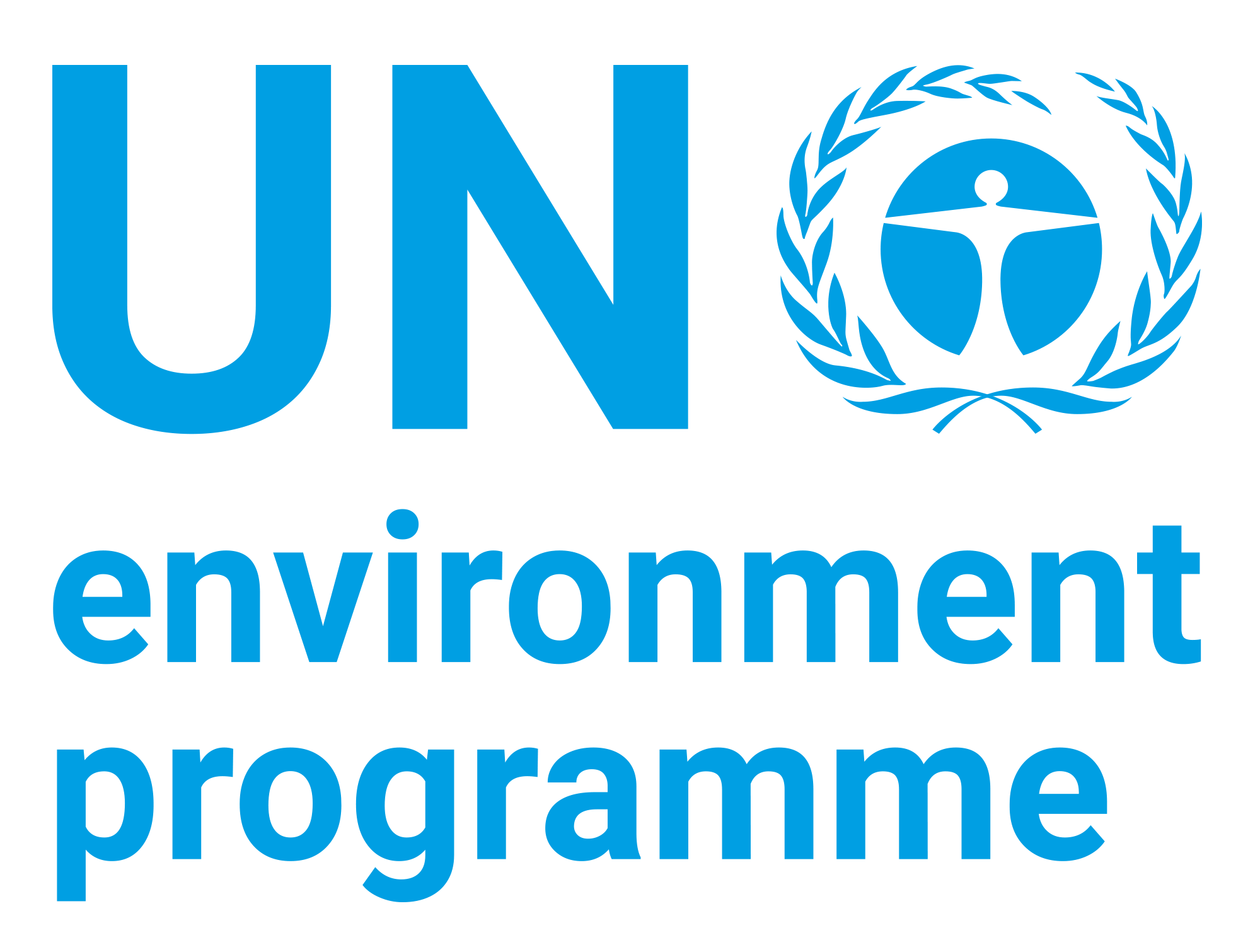Aflatoxins and their Biological Activity
| dc.contributor | Science Division | en_US |
| dc.contributor.author | United Nations Environment Programme | en_US |
| dc.contributor.other | Kravchenko, L.V. | en_US |
| dc.coverage.spatial | Russian Federation | en_US |
| dc.date.accessioned | 2018-01-10T07:16:57Z | |
| dc.date.available | 2018-01-10T07:16:57Z | |
| dc.date.issued | 1984 | |
| dc.identifier.uri | https://wedocs.unep.org/20.500.11822/22425 | |
| dc.description | The group of aflatoxins (secondary metabolite of microscopic fungi of the Aspergillus genus) includes more than 10 compounds of similar chemical structure and biological, action. It in mostly aflatoxins B1, B2,G1 and O2 that are found in natural conditions as contaminants of food products and feeds. Out of four main representatives of aflatoxins, B 1 is most toxic and, as a rule, it is synthesized in the largest amounts. The results of studying aflatoxins over 20 years since their discovery have shown that most mammals (including primates), birds, some species of fish, insects, and microorganisms are susceptible, in various degrees, to the toxic action of aflatoxins | en_US |
| dc.format | Text | en_US |
| dc.language | English | en_US |
| dc.publisher | Food and Agriculture Organization of the United Nations (FAO) | en_US |
| dc.relation.ispartof | Training Activities on Food Contamination Control and Monitoring with Special Reference to Mycotoxins | en_US |
| dc.rights | Public | en_US |
| dc.subject | toxin | en_US |
| dc.title | Aflatoxins and their Biological Activity | en_US |
| dc.audience | p | en_US |
| wd.identifier.sdgio | http://purl.unep.org/sdg/SDGIO_00000037 |


